When Genius Failed pdf epub mobi txt 电子书 下载 2024
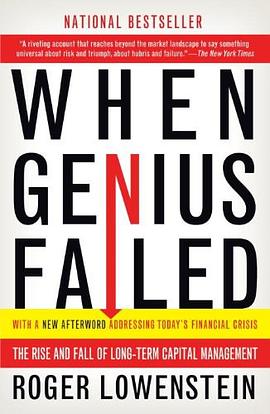
简体网页||繁体网页
图书标签: 金融 Finance 华尔街 LTCM 对冲基金 投资 美国 案例
喜欢 When Genius Failed 的读者还喜欢
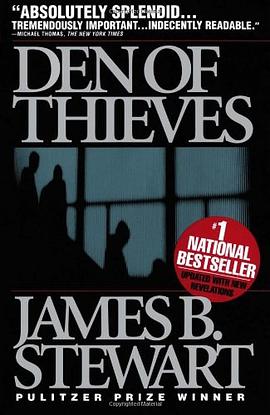 Den of Thieves pdf epub mobi txt 电子书 下载
Den of Thieves pdf epub mobi txt 电子书 下载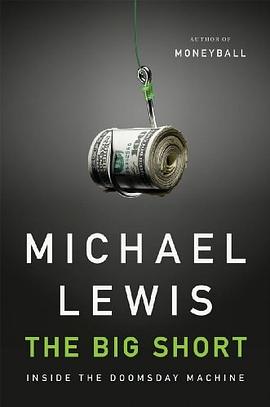 The Big Short pdf epub mobi txt 电子书 下载
The Big Short pdf epub mobi txt 电子书 下载 Capital Ideas pdf epub mobi txt 电子书 下载
Capital Ideas pdf epub mobi txt 电子书 下载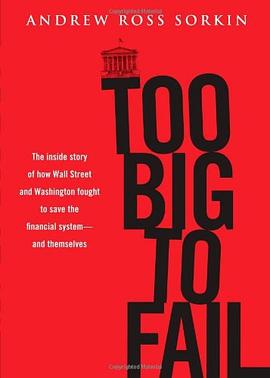 Too Big to Fail pdf epub mobi txt 电子书 下载
Too Big to Fail pdf epub mobi txt 电子书 下载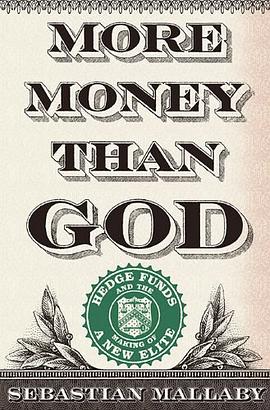 More Money Than God pdf epub mobi txt 电子书 下载
More Money Than God pdf epub mobi txt 电子书 下载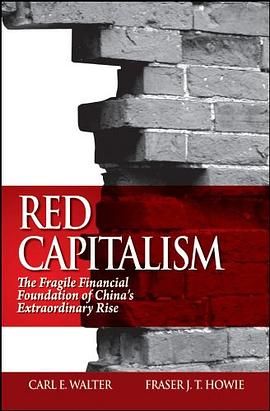 Red Capitalism pdf epub mobi txt 电子书 下载
Red Capitalism pdf epub mobi txt 电子书 下载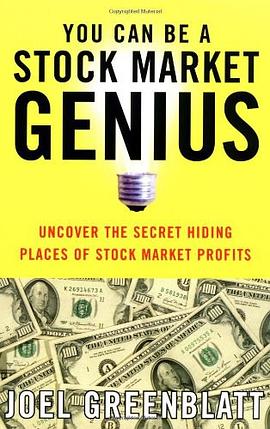 You Can Be a Stock Market Genius pdf epub mobi txt 电子书 下载
You Can Be a Stock Market Genius pdf epub mobi txt 电子书 下载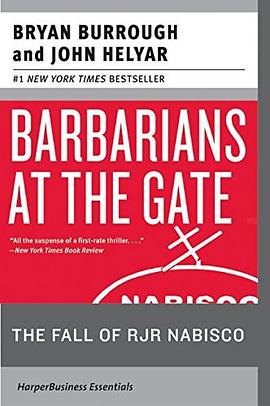 Barbarians at the Gate pdf epub mobi txt 电子书 下载
Barbarians at the Gate pdf epub mobi txt 电子书 下载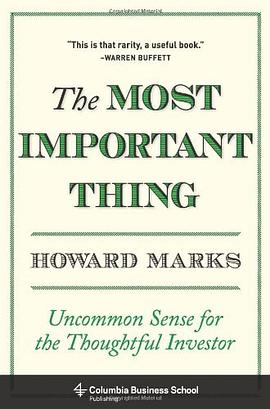 The Most Important Thing pdf epub mobi txt 电子书 下载
The Most Important Thing pdf epub mobi txt 电子书 下载 Lords of Finance pdf epub mobi txt 电子书 下载
Lords of Finance pdf epub mobi txt 电子书 下载
点击这里下载
发表于2024-06-16
When Genius Failed epub 下载 mobi 下载 pdf 下载 txt 电子书 下载 2024
When Genius Failed epub 下载 mobi 下载 pdf 下载 txt 电子书 下载 2024
When Genius Failed pdf epub mobi txt 电子书 下载 2024
图书描述
On September 23, 1998, the boardroom of the New York Fed was a tense place. Around the table sat the heads of every major Wall Street bank, the chairman of the New York Stock Exchange, and representatives from numerous European banks, each of whom had been summoned to discuss a highly unusual prospect: rescuing what had, until then, been the envy of them all, the extraordinarily successful bond-trading firm of Long-Term Capital Management. Roger Lowenstein's When Genius Failed is the gripping story of the Fed's unprecedented move, the incredible heights reached by LTCM, and the firm's eventual dramatic demise.
Lowenstein, a financial journalist and author of Buffett: The Making of an American Capitalist, examines the personalities, academic experts, and professional relationships at LTCM and uncovers the layers of numbers behind its roller-coaster ride with the precision of a skilled surgeon. The fund's enigmatic founder, John Meriwether, spent almost 20 years at Salomon Brothers, where he formed its renowned Arbitrage Group by hiring academia's top financial economists. Though Meriwether left Salomon under a cloud of the SEC's wrath, he leapt into his next venture with ease and enticed most of his former Salomon hires--and eventually even David Mullins, the former vice chairman of the U.S. Federal Reserve--to join him in starting a hedge fund that would beat all hedge funds.
LTCM began trading in 1994, after completing a road show that, despite the Ph.D.-touting partners' lack of social skills and their disdainful condescension of potential investors who couldn't rise to their intellectual level, netted a whopping $1.25 billion. The fund would seek to earn a tiny spread on thousands of trades, "as if it were vacuuming nickels that others couldn't see," in the words of one of its Nobel laureate partners, Myron Scholes. And nickels it found. In its first two years, LTCM earned $1.6 billion, profits that exceeded 40 percent even after the partners' hefty cuts. By the spring of 1996, it was holding $140 billion in assets. But the end was soon in sight, and Lowenstein's detailed account of each successively worse month of 1998, culminating in a disastrous August and the partners' subsequent panicked moves, is riveting.
The arbitrageur's world is a complicated one, and it might have served Lowenstein well to slow down and explain in greater detail the complex terms of the more exotic species of investment flora that cram the book's pages. However, much of the intrigue of the Long-Term story lies in its dizzying pace (not to mention the dizzying amounts of money won and lost in the fund's short lifespan). Lowenstein's smooth, conversational but equally urgent tone carries it along well. The book is a compelling read for those who've always wondered what lay behind the Fed's controversial involvement with the LTCM hedge-fund debacle. --S. Ketchum
著者简介
Roger Lowenstein (born in 1954) is an American financial journalist and writer. He graduated from Cornell University and reported for the Wall Street Journal for more than a decade, including two years writing its Heard on the Street column, 1989 to 1991. Born in 1954, he is the son of Helen and Louis Lowenstein of Larchmont, N.Y. Lowenstein is married to Judith Slovin.
He is also a director of Sequoia Fund. His father, the late Louis Lowenstein, was an attorney and Columbia University law professor who wrote books and articles critical of the American financial industry.
Roger Lowenstein's latest book, America's Bank: The Epic Struggle to Create the Federal Reserve (The Penguin Press) was released on October 20, 2015.
He has three children and lives in Westfield, New Jersey.
图书目录
When Genius Failed pdf epub mobi txt 电子书 下载
用户评价
An epic account of how the legendary LTCM, an investment Dream Team led by a hero of the Liar's Poker, quickly rose to stardom with its computerised and mathematics-based investment models, only to find itself lose it all in five weeks amid irrational market conditions, due to lax governance, excessive leverage and inherent flaws of the models.
评分Nothing genius about the story
评分波澜壮阔
评分好书!看得我心潮澎湃的~
评分与08年的危机相比,LTCM的破产只不过是金融市场上很快会被人遗忘的一个小插曲。不过Merton和Scholes的参与还是让它有了独特的讽刺意义:1997年两人因为金融的贡献得诺奖,1998年LTCM被bailout。
读后感
LTCM是上个世纪最后十年对冲基金的传奇,无论从规模还是知名度,都可以算是hedge fund上的王冠。其兴盛和衰败都给了后人无穷教益,之后学界也作出了不少关于Effective Market Hypothesis的诸多实证研究。 70年代这门学科刚刚兴起的时候,很朴素的认为影响市场的因素是近乎无...
评分比the big short和the greatest trade ever读起来晦涩一些,想搞明白要反复思考。难读的原因并非写作水平,而是基金公司的商业模式远比做空房地产市场复杂。长期资本交易所依赖的Black-Schole模型曾荣获诺贝尔经济学奖,交易中大量运用hedging和arbitrage,而Paulson取胜的关键...
评分 评分读《赌金者》一书,竟耗去了一个半月。为里面的几个关键点环节深深感慨。读一个真实的具体的案例,远胜于读十本理论书。又感到作者罗格•洛温斯坦那孜孜不倦的钻研精神,打破沙煲纹到底的锲而不舍的精神,书里本着务求真实的精神,不妄加作者的主观臆想,而能把故事如同历史...
评分读《赌金者》一书,竟耗去了一个半月。为里面的几个关键点环节深深感慨。读一个真实的具体的案例,远胜于读十本理论书。又感到作者罗格•洛温斯坦那孜孜不倦的钻研精神,打破沙煲纹到底的锲而不舍的精神,书里本着务求真实的精神,不妄加作者的主观臆想,而能把故事如同历史...
When Genius Failed pdf epub mobi txt 电子书 下载 2024
分享链接
相关图书
 Japanese Candlestick Charting Techniques, Second Edition pdf epub mobi txt 电子书 下载
Japanese Candlestick Charting Techniques, Second Edition pdf epub mobi txt 电子书 下载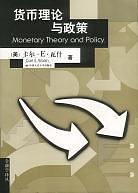 货币理论与政策 pdf epub mobi txt 电子书 下载
货币理论与政策 pdf epub mobi txt 电子书 下载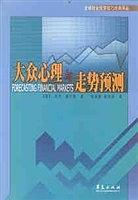 大众心理与走势预测 pdf epub mobi txt 电子书 下载
大众心理与走势预测 pdf epub mobi txt 电子书 下载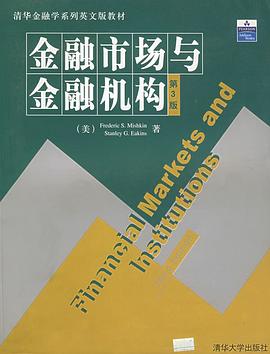 金融市场与金融机构(第3版) pdf epub mobi txt 电子书 下载
金融市场与金融机构(第3版) pdf epub mobi txt 电子书 下载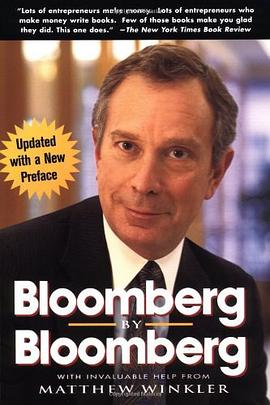 Bloomberg by Bloomberg pdf epub mobi txt 电子书 下载
Bloomberg by Bloomberg pdf epub mobi txt 电子书 下载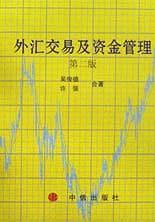 外汇交易及资金管理 pdf epub mobi txt 电子书 下载
外汇交易及资金管理 pdf epub mobi txt 电子书 下载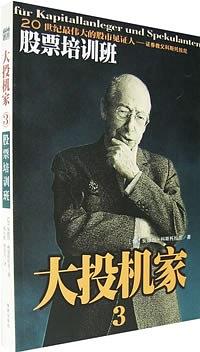 大投机家3.股票培训班 pdf epub mobi txt 电子书 下载
大投机家3.股票培训班 pdf epub mobi txt 电子书 下载 投资组合理论与资本市场 pdf epub mobi txt 电子书 下载
投资组合理论与资本市场 pdf epub mobi txt 电子书 下载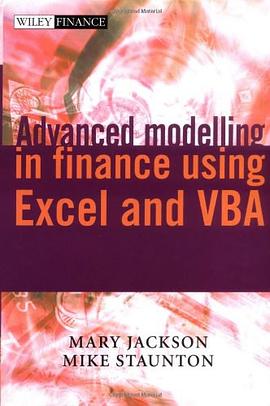 Advanced Modelling in Finance Using Excel and VBA pdf epub mobi txt 电子书 下载
Advanced Modelling in Finance Using Excel and VBA pdf epub mobi txt 电子书 下载 The Essays of Warren Buffett pdf epub mobi txt 电子书 下载
The Essays of Warren Buffett pdf epub mobi txt 电子书 下载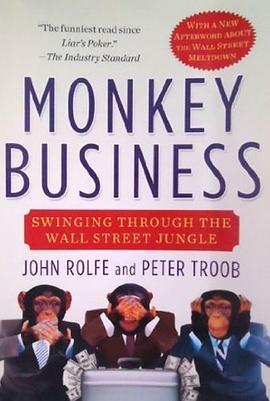 Monkey Business pdf epub mobi txt 电子书 下载
Monkey Business pdf epub mobi txt 电子书 下载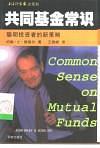 共同基金常识 pdf epub mobi txt 电子书 下载
共同基金常识 pdf epub mobi txt 电子书 下载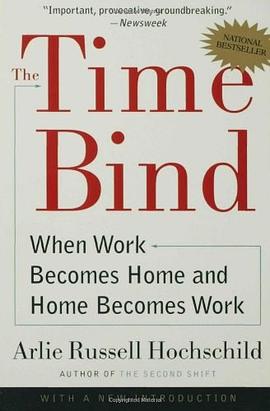 The Time Bind pdf epub mobi txt 电子书 下载
The Time Bind pdf epub mobi txt 电子书 下载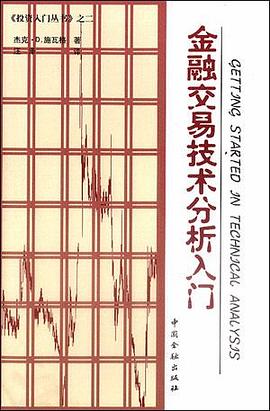 金融交易技术分析入门 pdf epub mobi txt 电子书 下载
金融交易技术分析入门 pdf epub mobi txt 电子书 下载 悲观博士考夫曼论货币与市场 pdf epub mobi txt 电子书 下载
悲观博士考夫曼论货币与市场 pdf epub mobi txt 电子书 下载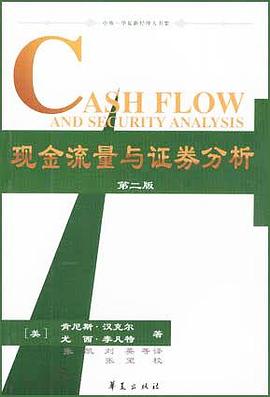 现金流量与证券分析 pdf epub mobi txt 电子书 下载
现金流量与证券分析 pdf epub mobi txt 电子书 下载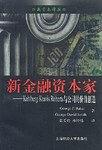 新金融资本家 pdf epub mobi txt 电子书 下载
新金融资本家 pdf epub mobi txt 电子书 下载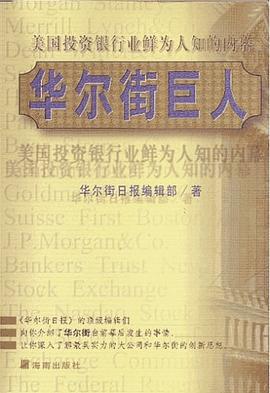 华尔街巨人 pdf epub mobi txt 电子书 下载
华尔街巨人 pdf epub mobi txt 电子书 下载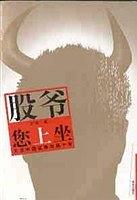 股爷您上坐 pdf epub mobi txt 电子书 下载
股爷您上坐 pdf epub mobi txt 电子书 下载 汇率的不稳定性 pdf epub mobi txt 电子书 下载
汇率的不稳定性 pdf epub mobi txt 电子书 下载



